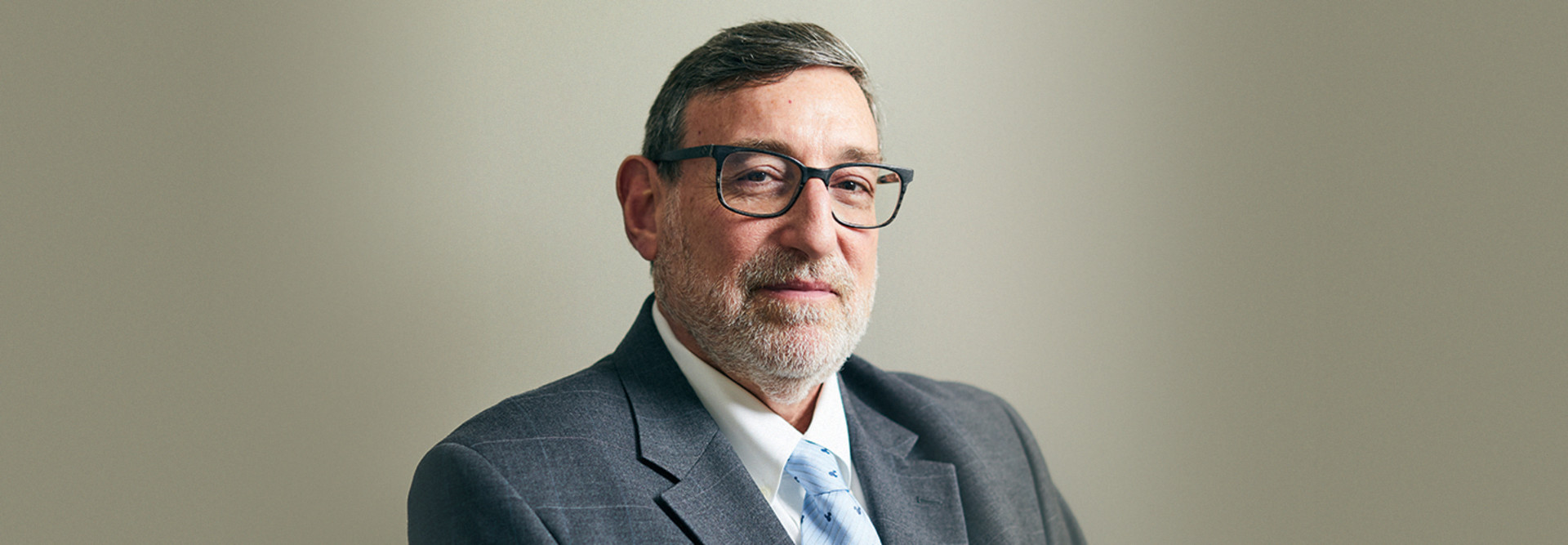HEALTHTECH: What inspired the full transition to Google Workspace and Chrome OS devices?
EIMER: Like many healthcare systems that have grown over the years, a lot of tools were patched together. Experiences both inside and outside the four walls were totally different. We struggled with collaboration, and there were concerns about security and ransomware.
We looked at Google back in 2017. It’s got security woven right into the platform and allows us to give an identical end user experience, whether you’re in the office or at home.
When we went full bore and converted the workforce in March 2021, it was a fully integrated platform. We get a lot of compliments about the collaboration capabilities, the user experience. For some, it’s still a learning curve, but I would say most are enjoying the platform. Because their kids use Chromebooks in education, I have a lot of team members that come to me and say, “Hey, my son or daughter showed me how to do something that I needed to get done for work.” And team members are proud that they, in turn, can show their child a thing or two about Google.
EXPLORE: What to expect with continuing remote work in healthcare.
HEALTHTECH: Can you share more about the onboarding process and getting everyone on the same platform?
EIMER: There was a lot of planning, a lot of education and demonstration. We built a whole resource site, a lot of webinars. One of the analogies that I used quite frequently is when you buy a new car, you don’t take another driving test. You already know how to drive. When you buy a new car, you get in and you acquaint yourself with the dashboard, where the lights are, which side is the gas. You acclimate yourself to the new vehicle; Google Workspace is the same way. If you know how to use the basic functions in Office, those all exist in the Google world. You don’t need to learn how to drive again.
We also established over 500 team members as Google ambassadors who came on board, did training and helped answer questions across the network. We found that to be really helpful, to get the people who can speak the language of their peers to explain what’s going on.
IT was first to the Chrome browser and Google Workspace. We were the first ones to roll out Chromebooks. We moved to nonpatient care areas next, and now we’re actually at the patient care sites. We have 50 or so ambulatory practices up and running on Workspace and Chrome OS. We have about 300 more to go. And we just migrated our first hospital, Palisades Medical Center, to Chrome OS. Now we’re working on our first academic medical center, so the journey continues. Our goal, just like Google’s, is to do no harm. We don't want to do any harm to patients, which is why direct patient care areas went last.
HEALTHTECH: What were the immediate benefits users saw with this transition?
EIMER: When we made Chrome the default browser, a lot of issues went away, and calls to the service desk went down. For applications that specifically needed Internet Explorer because of compatibility, we redirected users to IE through the Chrome browser.
Then, we migrated over to Google Workspace. There was about a 30 percent reduction in spam because of the integrated AI and machine learning in the platform. Staff loved the collaboration capabilities; Google Drive is awesome. But it was still a little clumsy with Google Workspace on top of Windows. Now, we’re in the phase of rolling out Chrome OS. The Chrome browser and Google Workspace on top of Chrome OS is a much more seamless, integrated, soup-to-nuts environment.
The big pivot for us was when the HMH CEO, in March 2020, said all nondirect patient care personnel needed to work from home. That’s great, but none of our previous technology worked well remotely. We quickly purchased 3,000 Chromebooks, put them in kiosk mode and sent people home. We had to purchase web-based call center software that would work on Chromebooks, so I had call center staff working from home. And because we’re an Epic shop for the electronic health record, we also have a large Citrix deployment.
Sending people home with Chromebooks to access Citrix, being able to get to their Windows apps — it was a huge success, and we were able to do it in three weeks.
RELATED: Learn more about sharpening clinical communication strategies for better care.
HEALTHTECH: What lessons have you learned during the pandemic, especially around digital transformation and mobility?
EIMER: Trying to get things done before the pandemic was all business case, ROI, how much are you going to move my stuff, all of that. When March 2020 came around, I saw the MacGyver come out in everyone. There was no bureaucracy; it was, “Get it done.”
We didn’t have a large telehealth practice up, but when we needed it, we got telehealth up and running in two weeks. In three weeks, we had people provisioned to work from home and within a month we had contact centers operating remotely. We were so concerned productivity would fall, but it was just the opposite. From a healthcare perspective, every barrier was broken down. It was solution-results oriented. Go get it done. Go find me a solution.












